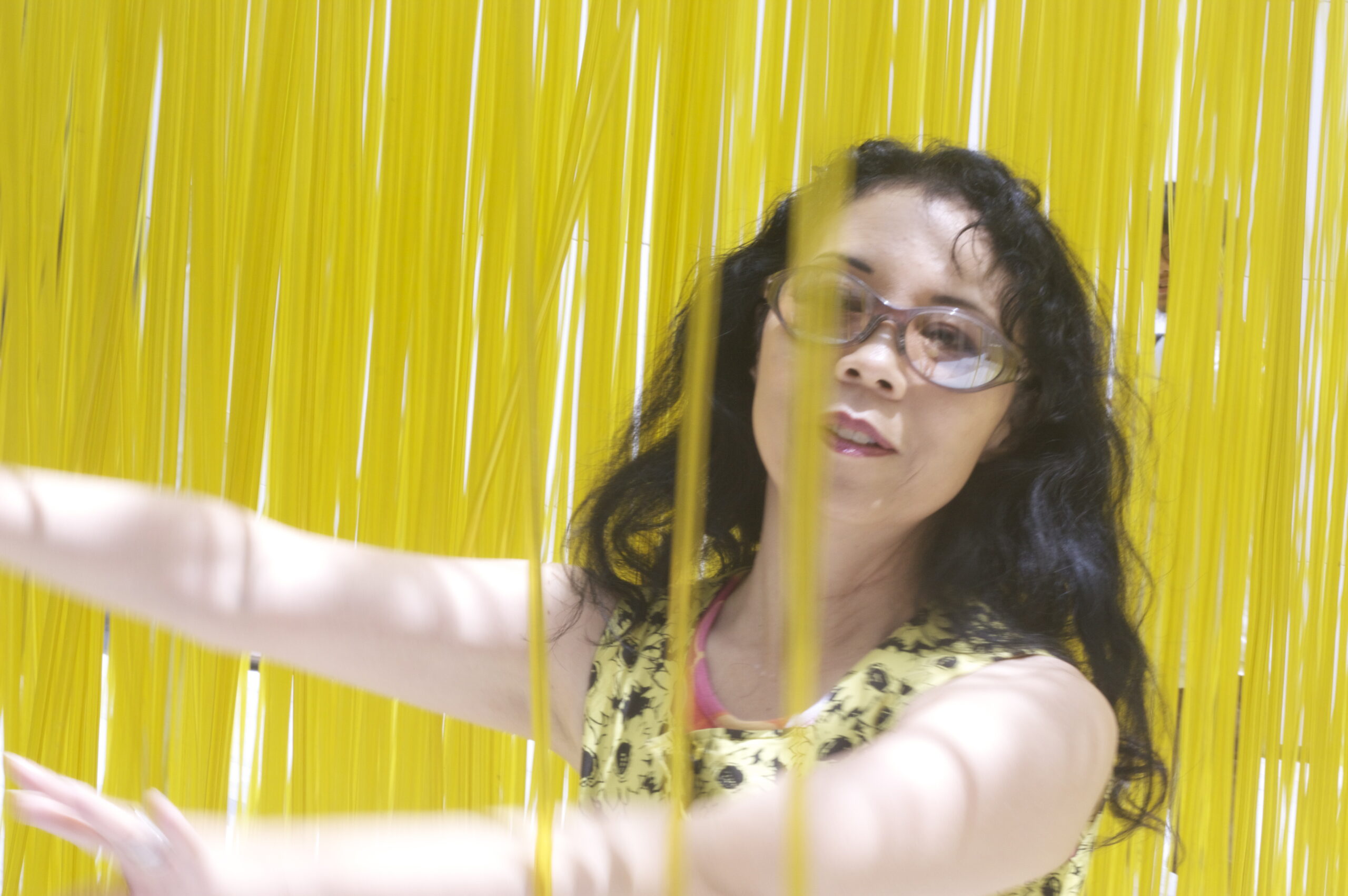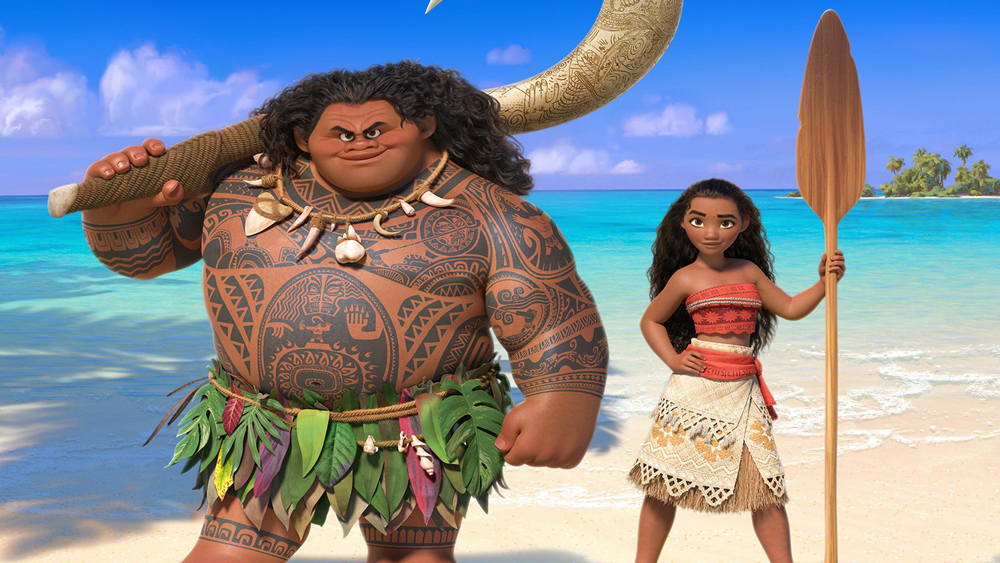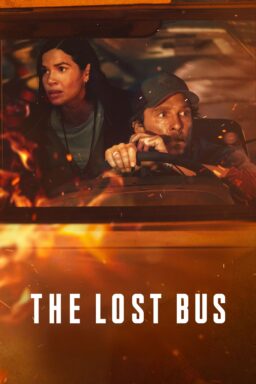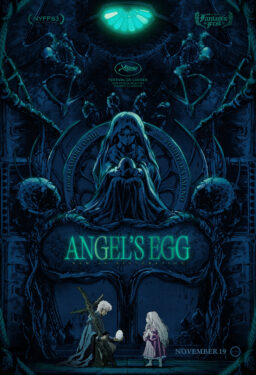When I was a deeply tanned child with a mass of dark wavy hair running around Southern California beaches, I wished I had a Disney Princess like Moana to inspire my voyage going beyond what my parents wanted. “Moana” is a fun, self-aware, computer-animated feature that doesn’t soar like “Frozen,” but does break the princess mold with some help from Dwayne Johnson, the man People magazine just named the Sexiest Man Alive.
The animated short that precedes “Moana,” “Inner Workings,” will remind you of 2015’s “Inside Out.” While “Inside Out” was about the emotional control center of a girl named Riley, “Inner Workings” is tells of a white-collar employee whose life is ruled by his head and not his heart (or stomach). In this homage to Disney animated short “Reason and Emotion” (1943) and animatronic Epcot theater show “Cranium Command,” the man avoids all things that might possibly lead to death (eating pancakes, surfing) and settles for the dull routine of pushing papers at Boring, Boring and Glum. By the end of the seven minutes, he’ll find a healthy balance and a happy ending.
“Inside Out” was originally screened with the short, “Lava,” a musical love story about two volcanoes who eventually form one island. “Moana,” like “Lava,” is a musical and about islands and volcanoes. “Moana,” however, is not a romantic love story but still fits into the Disney Princess genre with a charming mix of two-dimensional and three-dimensional animation. The 2D animation is used to separate this world’s reality with the imaginary and, in the case of Maui’s tattoos, the magical.
Beginning with two-dimensional animation, stylized like tapa bark cloth prints, the movie illustrates the origin myth of the goddess Te Fiti who raised islands from a world entirely covered with water. Yet as she was sleeping in the form of a verdant island, demigod Maui stole the heart of Te Fiti. Before he could escape, he fought with the lava monster Te Kā and lost both his magic fish hook and the heart of Te Fiti in the ocean. Until the heart is returned, blackness will spread to all the islands.
In the reality of the movie, this is Gramma Tala (Rachel House) telling the legend to a group of toddlers on the island of Motunui. All of them are horrified except the enthralled Moana. Moana, whose name means “ocean,” then hears the call of the ocean and her wayfinder’s blood. In an enchanting sequence, the ocean comes alive and Moana plays with a wave that reveals a glowing green, jade-like stone—the heart of Te Fiti. Her father Tui (Temuera Morrison) warns her of the dangers of the sea and throws the stone away.
Tui is raising Moana (Auli’i Cravalho) to become chieftain of Motunui and warns her never to go beyond the reef. Life on Motunui is the peaceful sunny paradise we all want to reserve for our next tropical vacation and so we understand Tui’s stay-at-home sentiment in “Where We Are.” Yet at 16, Moana’s wanderlust persists as she expresses in her anthem, “How Far I’ll Go.” Grandma Tala encourages her, saying, “I’m the village crazy lady. That’s my job.” Grandma Tala knows that Tui hasn’t told Moana everything.
Moana’s best friends are Pua, a cute piglet, and Heihei, a pop-eyed rooster—pet pig owners will be disappointed that Pua doesn’t have a larger role. (Don’t worry. He’s already in huggable plush form at the Disney Store). When the darkness of the lost heart of Te Fiti spreads to Motunui and the coconuts are blackened with disease and the fish have left the shores, Heihei provides comic relief and becomes Moana’s companion as Moana’s sets sail beyond the reef and into the open ocean to find Maui.
Aided by the ocean, Moana finds the gigantic Maui (Dwayne Johnson), who sings his own praise about how he helped humankind in “You’re Welcome.” Unlike the inhabitants of Motunui who had to endure pain for their tattoos, Maui’s tattoos magically appear and tell his story with a mini-Maui who also serves as big Maui’s conscience. That’s even better than Kronk’s arguing angel and devil miniature selves on his shoulder in Disney’s 2000 “The Emperor's New Groove” or Donald Duck’s conscience in the 1938 animated short “Donald’s Better Self.” Eventually, with the help of the ocean, Moana convinces Maui to join her mission. First, they must find Maui’s magical fish hook.
Along the way, Maui teaches Moana how to use the stars to navigate in the tradition of wayfinders. Every quest has its trials. Moana and Maui encounter the Kakamora, cute coconut pirate creatures who are more comical than scary but not as swashbuckling cool as Captain Jack and the Caribbean crew. The twosome also take a plunge down a dead volcano to meet up with Tamatoa (Jemaine Clement of “Flight of the Conchords”), a gigantic conceited crab, in Lalotai, the realm of the monsters who sings about his obsession for bright objects in “Shiny.” Once he finds his fishhook, Maui needs some help getting his shapeshifting mojo back.
The movie directly acknowledges your awareness of the Disney Princess line (when Moana denies she’s a princess, Maui cracks, “If you wear a dress and have an animal sidekick, you’re a princess.”) and possible comparisons with that other ocean-oriented tale with tails (stay until the end of the credits). While “Frozen” did have prospective love interests for Anna and 2012’s “Brave” had suitors for Merida, Moana has no love interests and she, through courage and understanding, returns the heart to Te Fiti. From Maui, she brings back to Motunui the tradition of wayfinding.
“Moana” may not have the cohesive soundtrack of other Disney cartoons, but the music is still pleasing enough and the animated feature adds diversity to the Disney Princess tradition. It’s a movie for wild-haired girls with wanderlust and the people who love them.












